
Visit our other sites
-
Fapas - Proficiency Testing
Globally recognised provider of proficiency tests, running over 400 tests annually across an extensive range of matrices and analytes
-
Great Crested Newts Testing
A single sample taken by an ecologist at any time during the newt breeding season can determine their presence or absence, saving you time and money

-
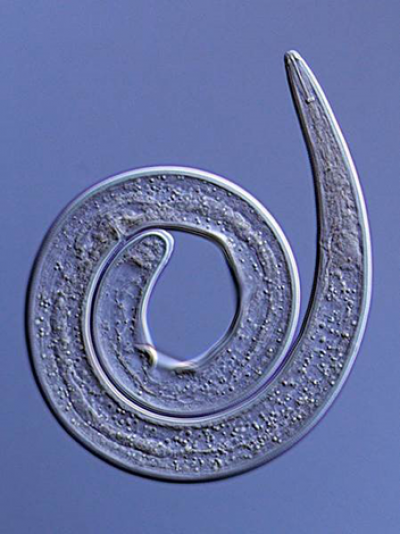 General free-living plant-parasitic nematodes from soil: Standard analysis
General free-living plant-parasitic nematodes from soil: Standard analysisA test for free-living plant-parasitic nematodes from soil including extraction, counts and identification to genus/species (including root-lesion nematodes) of any free living nematodes found within your sample. We also supply information on any pathogenic nematodes found (Plese note: virus vectors require specialist extraction methods).
-
 General free-living plant-parasitic nematodes from soil: Basic analysisOur expert nematologists will analyse your soil samples for free-living nematodes which includes the extraction, count and identification to group (including root-lesion nematodes, but with the exception of virus vectors which require specialist extraction methods). This can give you the initial analysis required to point your prevention strategies in the correct direction.
General free-living plant-parasitic nematodes from soil: Basic analysisOur expert nematologists will analyse your soil samples for free-living nematodes which includes the extraction, count and identification to group (including root-lesion nematodes, but with the exception of virus vectors which require specialist extraction methods). This can give you the initial analysis required to point your prevention strategies in the correct direction. -
 Virus-vector nematodes from soil: Needle and Dagger nematodes
Virus-vector nematodes from soil: Needle and Dagger nematodesA test for both Dagger nematodes (Xiphinema diversicaudatum) & Needle nematodes (Longidorus elongates) from soil.
-
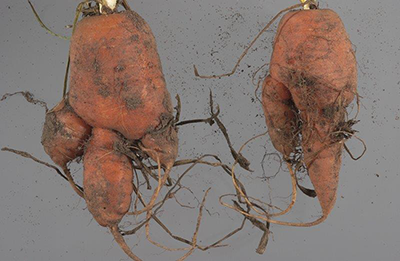 Virus-vector nematodes from soil: Stubby-Root nematodes
Virus-vector nematodes from soil: Stubby-Root nematodesA test for stubby-root nematodes such as Trichodorus or Paratrichodorus minor. Plants infected show short stunted roots and a general overall reduction in root development. These nematodes can also transmit damaging plant viruses.
-
 Bacterial spot - Xanthomonas spp. - tomato or pepper (10,000 seeds)Test to detect Xanthomonas spp. (Xanthomonas euvesicatoria, Xanthomonas gardeneri, Xanthomonas perforans and Xanthomonas vesicatoria) in tomato and sweet pepper seeds
Bacterial spot - Xanthomonas spp. - tomato or pepper (10,000 seeds)Test to detect Xanthomonas spp. (Xanthomonas euvesicatoria, Xanthomonas gardeneri, Xanthomonas perforans and Xanthomonas vesicatoria) in tomato and sweet pepper seeds -
 Bacterial canker - Clavibacter michiganensis subsp. michiganensis - Seed (10,000 seeds)Detection of the pathogenic bacteria Clavibacter michiganensis subsp. michiganensis in tomato seeds.
Bacterial canker - Clavibacter michiganensis subsp. michiganensis - Seed (10,000 seeds)Detection of the pathogenic bacteria Clavibacter michiganensis subsp. michiganensis in tomato seeds. -
 Xanthomonas hortorum pv. carotae - Carrot seed (10,000 seeds)Xanthomonas hortorum pv. carotae, more commonly known as the bacterial blight of carrot.
Xanthomonas hortorum pv. carotae - Carrot seed (10,000 seeds)Xanthomonas hortorum pv. carotae, more commonly known as the bacterial blight of carrot. -
 Black Rot - Xanthomonas campestris pv. campestris - Brassica - Seeds only (10,000 seeds)Xanthomonas campestris pv. campestris, more commonly known as black rot, can be found across a range of host plants, infecting all cultivated Brassicas. This includes cabbage, cauliflower and mustard varieties.
Black Rot - Xanthomonas campestris pv. campestris - Brassica - Seeds only (10,000 seeds)Xanthomonas campestris pv. campestris, more commonly known as black rot, can be found across a range of host plants, infecting all cultivated Brassicas. This includes cabbage, cauliflower and mustard varieties. -
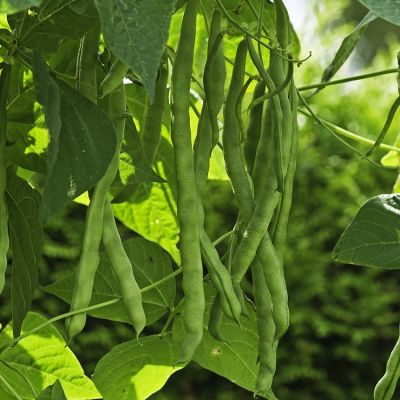 Bean blight seed test - Xanthomonas axonopodis pv. phaseoli (5,000 seeds)Xanthomonas axonopodis pv. phaseoli, more commonly known as Bean Blight. It produces similar symptoms on leaves, pods, stems and seeds.
Bean blight seed test - Xanthomonas axonopodis pv. phaseoli (5,000 seeds)Xanthomonas axonopodis pv. phaseoli, more commonly known as Bean Blight. It produces similar symptoms on leaves, pods, stems and seeds. -
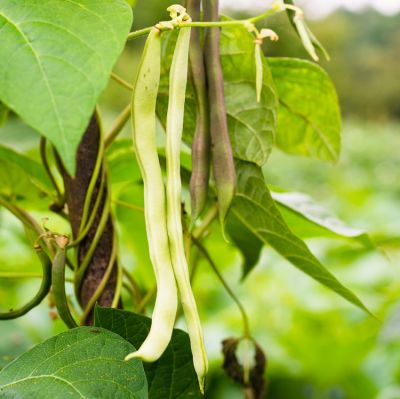 Halo blight seed test - Pseudomonas savastanoi pv. phaseolicola - bean (5,000 seeds)Pseudomonas savastanoi pv. phaseolicola, is a pathogenic bacterium responsible for Halo Blight in a range of bean species.
Halo blight seed test - Pseudomonas savastanoi pv. phaseolicola - bean (5,000 seeds)Pseudomonas savastanoi pv. phaseolicola, is a pathogenic bacterium responsible for Halo Blight in a range of bean species. -
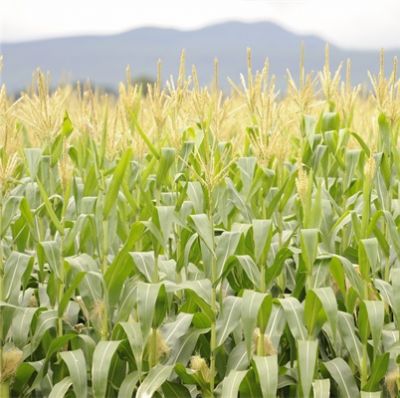 Pantoea stewartii subsp. stewartii - maize seeds (400 seeds)Test for bacterial wilt caused by the bacterium Pantoea stewartii in Maize seeds.
Pantoea stewartii subsp. stewartii - maize seeds (400 seeds)Test for bacterial wilt caused by the bacterium Pantoea stewartii in Maize seeds. -
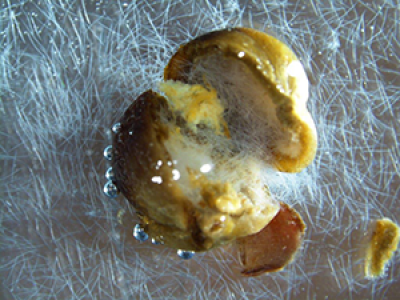 Plant-parasitic nematodes in seed (including stem nematode)Test to identify plant-parasitic nematodes in seed (including stem nematode).
Plant-parasitic nematodes in seed (including stem nematode)Test to identify plant-parasitic nematodes in seed (including stem nematode).

Copyright © 2025 Fera Science Limited (“Fera”). All rights reserved.
For further information about how Fera uses any personal data collected from you, please see our Privacy Notice at www.fera.co.uk/privacy-policy.

